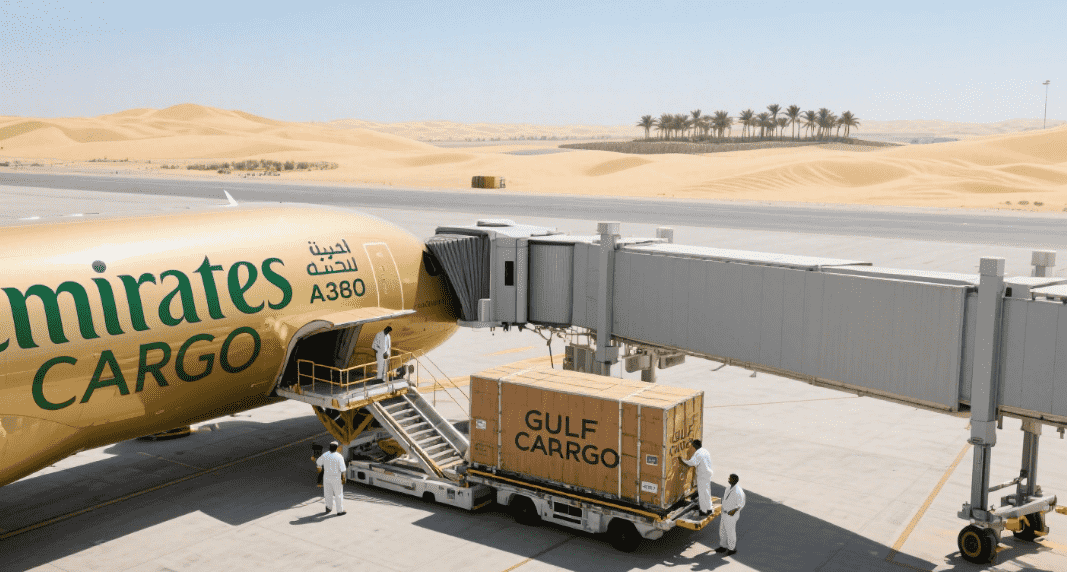
In today’s globalized economy, businesses of all sizes are exploring international markets to expand their reach and diversify supply chains. For companies looking to import goods from China to Sudan, understanding the intricacies of logistics solutions is crucial to managing costs and ensuring timely delivery. Sudan, with its growing economy and strategic location in Northeast Africa, presents significant opportunities for importers—but navigating freight services, customs regulations, and transportation networks requires expertise.
This blog will explore the factors influencing shipping costs from China to Sudan, compare different freight services, and highlight the role of a reliable cargo agent in optimizing your supply chain. Whether you’re shipping consumer electronics, textiles, or industrial machinery, this guide will equip you with the knowledge to make informed decisions.
Understanding the Basics: Key Components of Shipping Costs
Before diving into specifics, it’s essential to grasp the primary elements that contribute to shipping expenses. The total cost of transporting goods from China to Sudan depends on:
- Freight Mode: Air, sea, or land transportation each have distinct pricing structures.
- Cargo Volume and Weight: Larger or heavier shipments incur higher fees.
- Distance and Routing: Direct routes are cheaper but may not always be available; transit hubs add complexity.
- Customs Duties and Taxes: Sudan’s import regulations impact final costs.
- Additional Services: Packaging, insurance, and warehousing affect the bottom line.
Let’s analyze how these factors interact in the context of China-Sudan shipments.
1. Freight Services: Choosing the Right Mode
The choice between air, sea, or multimodal freight depends on urgency, budget, and cargo type. Here’s a breakdown of each option:
Air Freight: Speed at a Premium
Air freight is the fastest method, ideal for high-value or time-sensitive goods like pharmaceuticals or electronics. However, it’s also the most expensive. Costs range from 4–12 per kilogram, depending on fuel surcharges and airport fees. For Sudan, shipments typically transit through hubs like Dubai or Addis Ababa before reaching Khartoum, adding to transit time and costs.
When to choose air freight:
- Urgent replenishment of inventory.
- Perishable or fragile items.
- Small, lightweight parcels where speed justifies expense.
Sea Freight: Cost-Effective for Bulk Shipments
Sea freight dominates China-Sudan trade due to its affordability. The primary route involves shipping containers from Chinese ports (e.g., Shanghai, Shenzhen) to Port Sudan, Sudan’s main maritime gateway. Costs vary based on container type:
- 20-foot container (FCL): 2,500–4,000
- 40-foot container (FCL): 4,000–6,500
- LCL (Less than Container Load): 150–300 per cubic meter
Key considerations:
- Transit time: 20–30 days, excluding port delays.
- Seasonal fluctuations: Peak seasons (e.g., pre-Ramadan) may raise prices.
- Port fees: Sudan imposes handling charges, which vary by cargo type.
Land Freight: A Niche Alternative
While less common, land routes via Egypt or Ethiopia can be viable for cargo originating from inland Chinese cities. This multimodal approach combines rail and trucking but is slower and more complex than sea freight. Costs are comparable to LCL sea freight but require meticulous planning to avoid border delays.
2. The Role of a Cargo Agent: Streamlining Your Shipment
Partnering with a seasoned cargo agent is often the difference between a smooth delivery and costly disruptions. Agents act as intermediaries between shippers, carriers, and customs authorities, offering services such as:
- Documentation Assistance: Preparing bills of lading, certificates of origin, and insurance policies.
- Customs Clearance: Navating Sudan’s import regulations, including duty calculations and product certifications.
- Cargo Insurance: Protecting against loss or damage during transit.
- Warehousing: Temporary storage solutions if delivery schedules are misaligned.
A competent agent leverages their network to negotiate lower freight rates and anticipate challenges like port congestion or strikes. For businesses new to Sudanese trade, this expertise is invaluable.
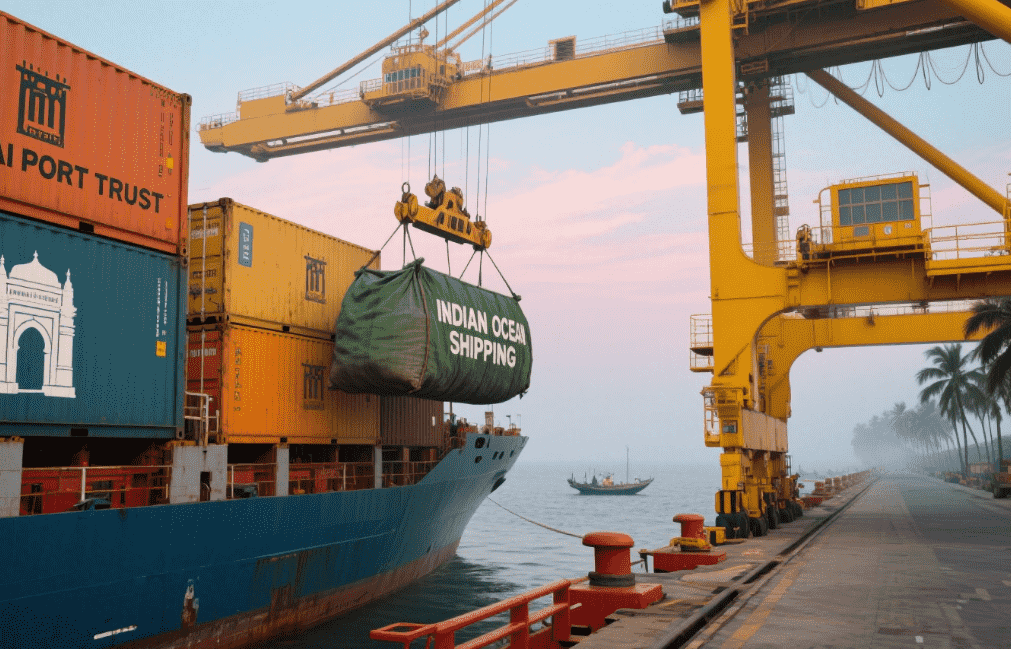
3. Hidden Costs: What to Watch Out For
Beyond base freight rates, several “hidden” expenses can inflate your budget:
- Demurrage Charges: Fees for exceeding free storage time at ports.
- Destination Fees: Terminal handling charges (THC) in Sudan.
- Currency Fluctuations: Payments in USD or CNY may involve conversion fees.
- Compliance Penalties: Non-adherence to labeling or packaging standards can lead to fines.
Proactive planning—such as booking containers in advance or consolidating shipments—can mitigate these risks.
4. Case Study: Shipping Textiles from Guangzhou to Khartoum
To illustrate real-world costs, let’s examine a hypothetical shipment of 10,000 kg of textiles from Guangzhou to Khartoum.
Option 1: Air Freight
- Weight: 10,000 kg
- Rate: $8/kg
- Total: $80,000
- Transit time: 5–7 days
Option 2: Sea Freight (FCL)
- Container: 40-foot
- Rate: $5,000 (all-inclusive)
- Transit time: 25 days
- Additional costs: $800 (customs clearance + inland trucking)
- Total: $5,800
Option 3: Sea Freight (LCL)
- Volume: 15 CBM
- Rate: $250/CBM
- Total: $3,750
- Additional costs: $1,200 (port fees + documentation)
- Total: $4,950
In this scenario, sea freight is clearly more economical, though air freight’s speed may justify its cost for urgent orders.
5. Leveraging Technology for Cost Optimization
Modern logistics solutions integrate digital tools to enhance transparency and efficiency. For example:
- Freight Marketplaces: Platforms like Freightos allow instant rate comparisons across carriers.
- Tracking Systems: Real-time GPS monitoring reduces the risk of theft or delays.
- Automated Documentation: AI-powered software minimizes errors in customs forms.
Adopting these technologies can cut administrative costs and improve decision-making.
6. Sustainability in Shipping: A Growing Priority
Eco-conscious businesses are increasingly evaluating the carbon footprint of their supply chains. While air freight emits 50x more CO2 per ton-mile than sea freight, slower transit times may not align with customer expectations. A balanced approach involves:
- Opting for sea freight for non-urgent shipments.
- Using biodegradable packaging materials.
- Partnering with carriers investing in fuel-efficient vessels.
Conclusion: Building a Resilient Supply Chain
Shipping from China to Sudan involves balancing cost, speed, and reliability. By understanding freight service options, collaborating with a trusted cargo agent, and anticipating hidden expenses, businesses can optimize their logistics solutions for long-term success.
For importers seeking end-to-end support, Winsail Logistics offers tailored freight services and expert guidance to navigate Sudan’s evolving trade landscape. Visit https://www.winsaillogistics.com to explore how we can streamline your China-Sudan shipments.
In an interconnected world, the right logistics partner isn’t just a vendor—it’s a strategic ally in achieving global growth.
-
 Ocean Lcl Freight Service Inconel 625 Wire from China to Chennai2025-09-30
Ocean Lcl Freight Service Inconel 625 Wire from China to Chennai2025-09-30 -
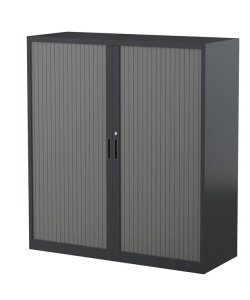 Ocean Freight Service Cabinet Door from China to Dar Es Salaam2025-09-29
Ocean Freight Service Cabinet Door from China to Dar Es Salaam2025-09-29 -
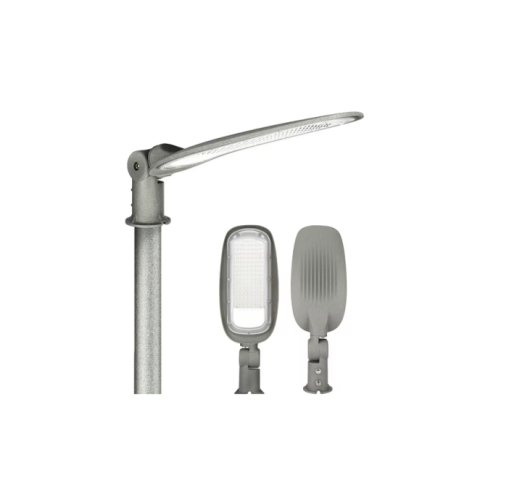 Door to Door by Ocean Freight Fixture Luminaries from China to Jeddah2025-09-28
Door to Door by Ocean Freight Fixture Luminaries from China to Jeddah2025-09-28 -
 Ocean Freight Service Sofa From China To Jebel Ali2025-09-26
Ocean Freight Service Sofa From China To Jebel Ali2025-09-26 -
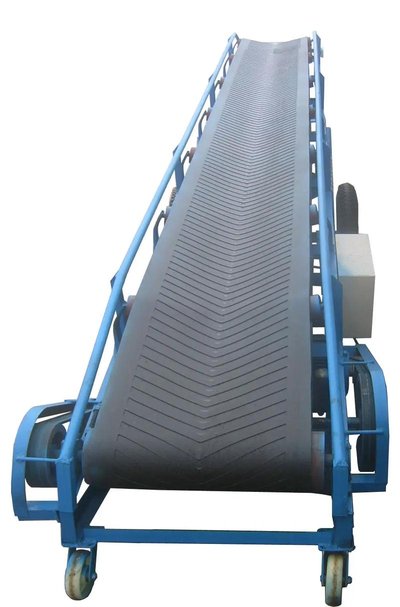 International Express Conveyor Belt From China To India2025-09-25
International Express Conveyor Belt From China To India2025-09-25 -
 Ocean Lcl Freight Service Medical Device From Shanghai to Jebel ali2025-09-25
Ocean Lcl Freight Service Medical Device From Shanghai to Jebel ali2025-09-25

